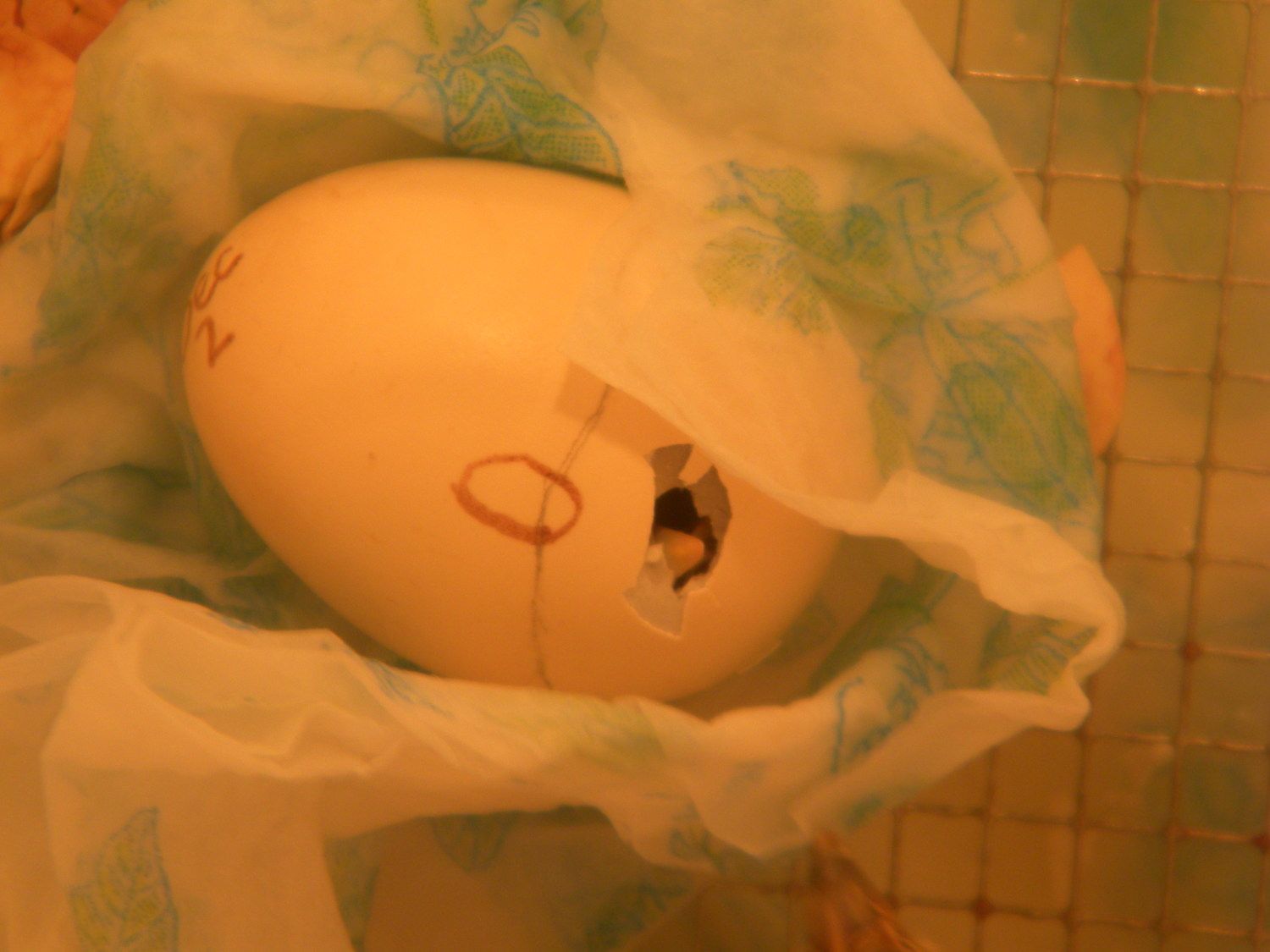- Jan 10, 2013
- 51
- 0
- 39
Hi everyone, I need help and very worry about my last batch of eggs in the incubator. I'm using a fan Hova Bator. My last two hatch didn't go well due to too high of humidity and all my ducklings died from the amber fluid.
The eggs that I have now seems to be a lot more healthier then the last two batches I had before, they came from my Muscovy hens. They are now piped and tapping on the eggs. They started to pip yesterday around 3pm and today there is no sigh of zipping. It is now 7pm today and all I feel is them tapping on the eggs. I opened the incubator because, I thought maybe they died already like the last two batches I had. The humidity is at 35% "not wet bulb" right now and all been hand turned half way threw incubation, the beginning they where on a auto turner then I read somewhere that they hatch better when turn on their side, so I started hand turning.
When should I assist to help? I'm so worried.
The eggs that I have now seems to be a lot more healthier then the last two batches I had before, they came from my Muscovy hens. They are now piped and tapping on the eggs. They started to pip yesterday around 3pm and today there is no sigh of zipping. It is now 7pm today and all I feel is them tapping on the eggs. I opened the incubator because, I thought maybe they died already like the last two batches I had. The humidity is at 35% "not wet bulb" right now and all been hand turned half way threw incubation, the beginning they where on a auto turner then I read somewhere that they hatch better when turn on their side, so I started hand turning.
When should I assist to help? I'm so worried.








